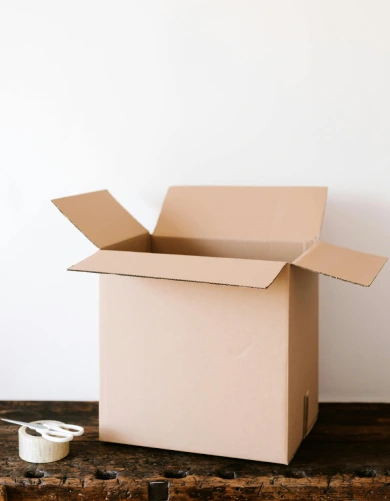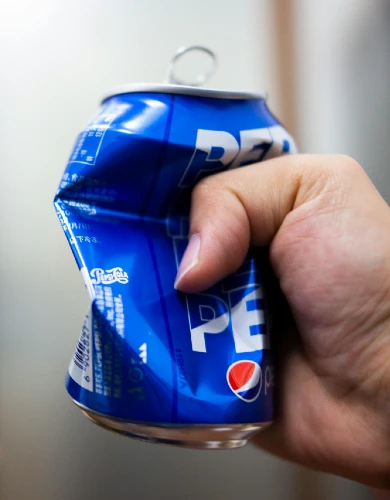Wind turbine blade recycling in the UK
The UK’s wind energy revolution is in full swing, powering more homes than ever. But there’s a growing challenge on the horizon: what happens to wind turbine blades when they reach the end of their lifespan?
Unlike other components of a wind farm, turbine blades are notoriously difficult to recycle. The waste industry is racing to find sustainable solutions with the first-generation wind farms from the early 2000s now being decommissioned.
In this article, we break down the challenge of wind turbine blade disposal and explore the innovative ways the UK is addressing this issue. Here’s what we cover:
- Why wind turbine blade recycling is a growing issue
- Current challenges in wind turbine blade recycling
- What happens to decommissioned blades today?
- How wind turbine blades are recycled
- Wind turbine blade recycling innovations
- The environmental impacts of wind blade recycling
Why wind turbine blade recycling is a growing issue
Despite its small size, the UK is a world leader in wind power and is home to over 11,000 wind turbines. The development of additional wind farms is central to the UK government’s drive to decarbonise the national grid.
The first wind turbines built in the early 2000s are now reaching the end of their operational lifespan, meaning the challenge of disposing of wind turbine blades will increase significantly over the next decade.
The scale of the problem
Zero Waste Scotland estimates that 5,500 wind turbines will be decommissioned by 2050 in Scotland alone.
A significant portion of a wind turbine (80–90% by weight) is already being recycled, primarily consisting of valuable steel and metal recycling from the tower.
However, there is currently no large-scale recycling solution for wind turbine blades.
At present, most wind turbine blades are disposed of in landfill, but this is clearly not a sustainable solution given the UK’s limited landfill capacity.
What are wind turbine blades made of?
A wind turbine is designed to spin hundreds of millions of times over its 20 to 25-year lifespan and to achieve this, its blades must be lightweight, strong, and durable.
Wind farm manufacturers have focused on optimising the materials used in wind turbine blades to provide the best strength-to-weight ratio.
Wind turbine blades are typically made from the following composite materials:
- Fibreglass or carbon fibre – The primary materials used in wind turbine blades.
- Thermoset resin – A binding agent that holds fibreglass and carbon fibre together, providing structural integrity.
- Balsa wood or foam core – A lightweight core that adds rigidity without excess weight.
- Gel coating – Made from polyester, epoxy, or polyurethane-based resins to prevent blade erosion.
The composition of these materials makes wind turbine blade recycling particularly challenging.
Current challenges in wind turbine blade recycling
This section presents the key challenges that make wind turbine blade recycling difficult and expensive.
Thermoset resin is not reversible
The binding agent used in constructing wind turbine blades undergoes an irreversible chemical curing process, meaning it cannot be remelted or reshaped.
As a result, the fibres that make up the bulk of wind turbine blades are permanently bound together, making segregating the different waste materials particularly challenging.
Size and transportation challenges
Typical wind turbine blades range from 50 to 100 metres in length, making them incredibly difficult to recycle, as most recycling facilities are not equipped to handle such large, rigid structures.
Cutting wind turbine blades into manageable pieces requires specialised equipment and is costly.
Limited recycling options
Recycling options for fibreglass and carbon fibre are limited.
Current recycling technology uses pyrolysis and chemical recycling to recover fibres, but the process degrades the quality of the material, limiting its reuse potential.
Low energy recovery potential
In the UK, incineration is typically used for difficult to recycle materials, as it allows waste management firms to generate renewable energy.
Unfortunately, the composition of wind turbine blades has a low energy value compared to other common waste types, making the process inefficient and costly.
What happens to decommissioned blades today?
Without feasible recycling options, most decommissioned wind turbine blades are currently disposed of in a landfill site.
Unlike some European countries, regulations for commercial waste in Scotland (where most UK wind farms are located) have yet to ban the landfill disposal of wind turbine blades.
That being said, the waste management industry is collaborating with energy companies to develop more sustainable solutions, which we’ll summarise in the next section.
How wind turbine blades are recycled
In this section, we’ll summarise the two waste firms in the UK that currently offer recycling solutions for wind turbine blades.
Plaswire wind blade turbine recycling
Northern Irish polymer processing firm Plaswire has demonstrated its ability to recycle wind turbine blades in a pilot project with Vattenfall, a major wind farm operator.
A damaged blade from the Kentish Flats Offshore Wind Farm was processed into RX Polymer, which can be used in construction, packaging, and furniture.
Learn more about recycling in Kent on our Kent commercial waste collection page.
Enva’s wind turbine blade recycling service
Commercial waste collection provider Enva has developed a recycling solution that crushes and shreds decommissioned wind turbine blades to recover recyclable materials such as steel.
The residual material is then processed at a waste-to-energy facility to generate renewable electricity.
Enva is one of the UK’s top waste firms, offering business waste collection services in Scotland’s largest cities:
Wind turbine blade recycling innovations
In this section, we’ll explore some of the innovative recycling solutions being developed for wind turbine blades.
Downcycling: Blade-to-Cement
Global waste firms like Veolia are exploring the use of material from wind turbine blades in concrete production.
Instead of transporting decommissioned blades directly to landfill, a temporary dismantling facility is set up at the wind farm, where the disassembled blades are cut into smaller pieces to fit inside bulk-carrying trucks.
At the recycling facility, a specialised shredder and separator process the blades into centimetre-sized pieces that can be incorporated into cement mixes due to their exceptional durability.
This process helps the cement industry slightly reduce its carbon footprint while preventing wind turbine blades from taking up valuable landfill space.
Reusing wind turbine blades
Architectural researchers see decommissioned wind turbine blades as highly valuable materials for repurposing, as they are lightweight, extremely weather-resistant, and UV-resistant.
One of the leading research groups in this area is the Re-Wind Network, which has been conceptualising real-world applications for decommissioned wind turbine blades.
In Ireland, the group has built a pedestrian footbridge and repurposed blades as mobile phone towers to expand 5G networks. In the Netherlands, architects have transformed weather-resistant blades into playground structures, while in Denmark, they have been used to construct public bike sheds.
Creating fully recyclable blades
Engineering firms involved in wind turbine manufacturing are exploring techniques to develop 100% recyclable wind turbine blades.
Promising developments include:
- Changing the resin used, allowing it to be melted during the recycling process.
- Using glass-fibre reinforced thermoplastic, which can be melted and reshaped into new blades.
The environmental impacts of wind blade recycling
There is an important distinction to make when considering the issue of wind turbine blade recycling.
Wind turbine blade recycling is not the most critical issue in the waste management sector. While it is a considerable challenge due to the large volume of materials involved, our UK waste data insights show that most waste in the UK is still not recycled.
The durability of inert and non-toxic wind turbine blades in landfill means their environmental impact is minimal. This stands in sharp contrast to commercial food waste, which biodegrades into harmful greenhouse gases.
The rewards for improving general waste management (e.g. composting food waste or producing biofuels from spent coffee beans) are significantly greater yet often receive little attention.
Explore cheap and reliable waste collection services for your commercial waste bins today. Find lower business waste collection costs with our expert service.

